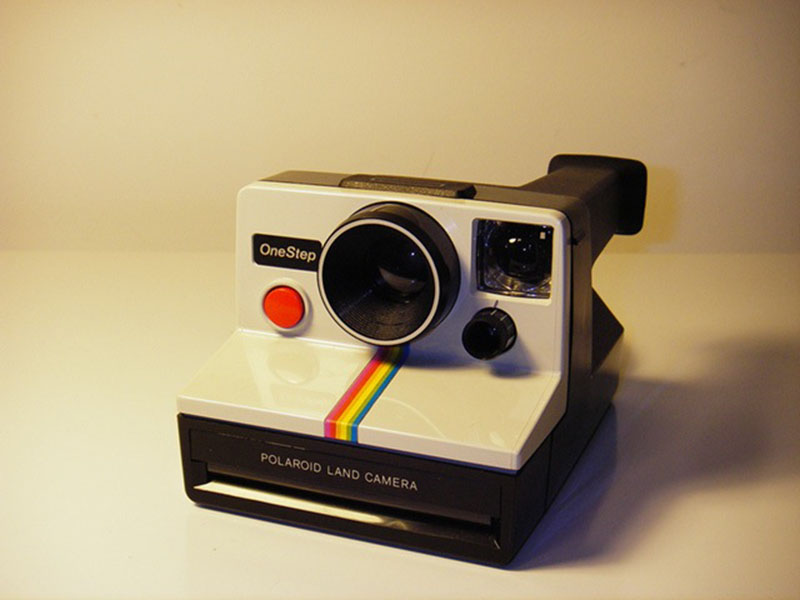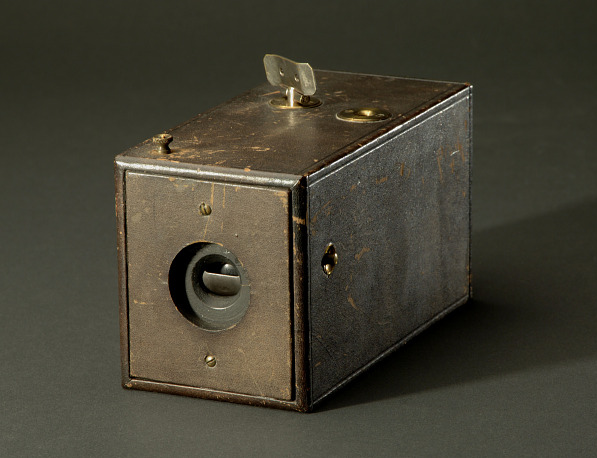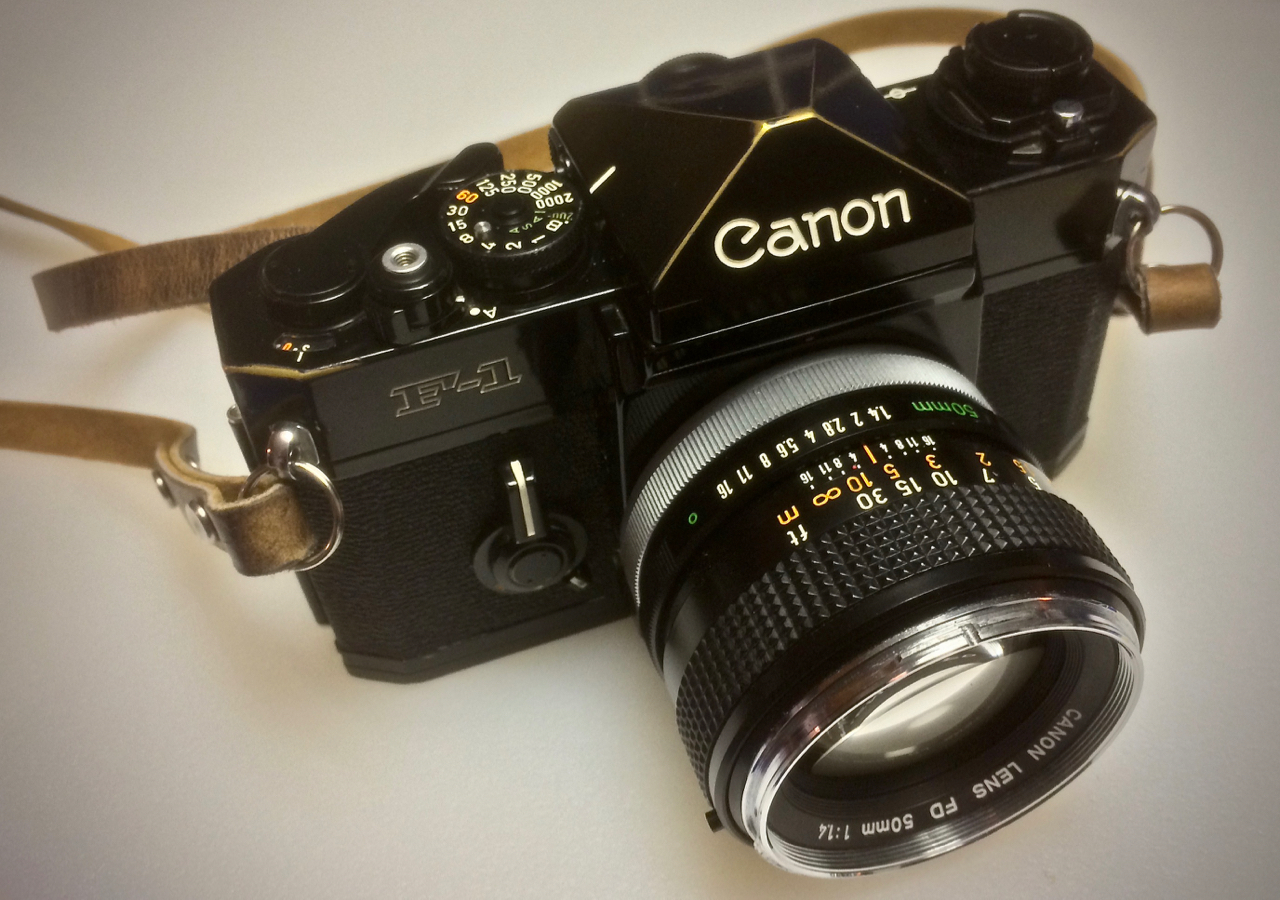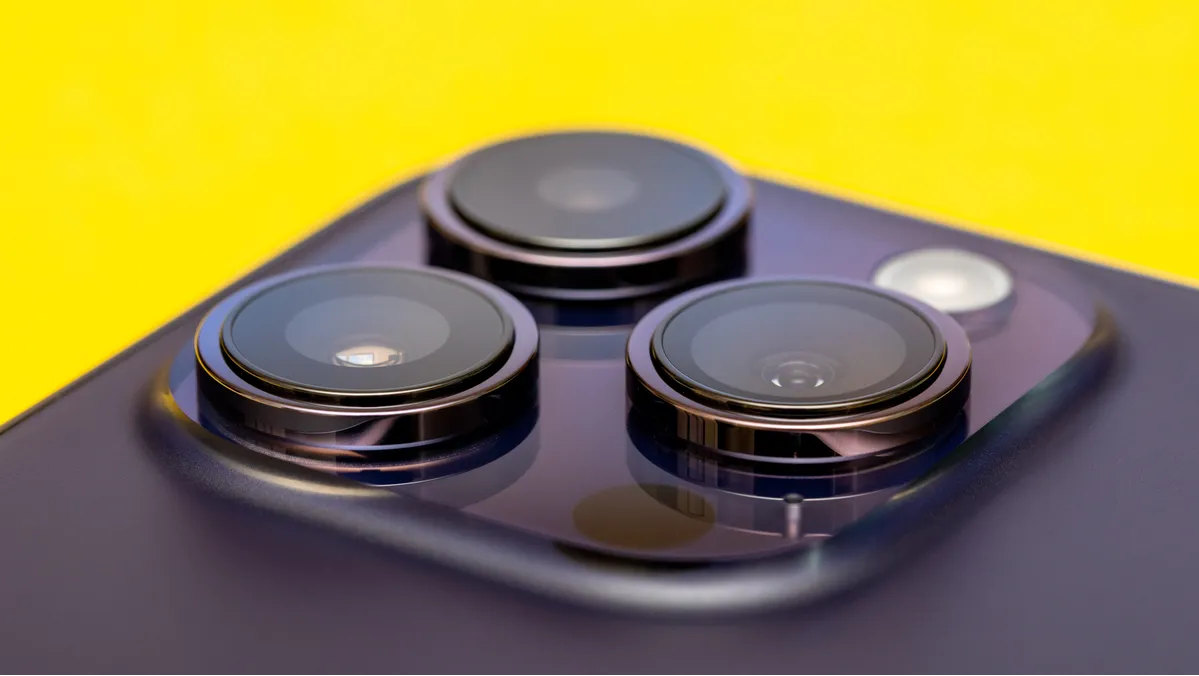Today, anyone who can afford a smart phone has a nice, small and portable camera available 24 hours a day, but when I was growing up in the 1960s and 70s, they were relatively rare. My older brother had a Minolta single lens reflex (SLR) camera, and I was fortunate enough to own a number of cameras as a child, from a Polaroid to a nice Canon SLR, but most people who couldn't afford a camera were left with much less exciting options.
A Polaroid Camera
With that in mind, I want to provide a brief history on the evolution of the camera, and I'll end this with my own observations.
Around 1550, the precursor to the modern camera lens was used as an aid in drawing. Lenses were placed in walls or closed window shutters in darkened rooms, and they would project images that artists could view and draw.
By the 1700s, inventors were discovering the chemistry of creating images on paper, but it wasn't until the 1800s that the camera was born. Joseph Nicéphore Niépce is credited as the first person to create a permanent photograph of an image using a camera, and from there, the idea of the camera flourished.
George Eastman invented celluloid in 1888, and with it, photographic film. He also created the first camera, which he named Kodak.
An Original Kodak Camera
35mm camera film was invented in the early 1900s, and by 1913, Oskar Barmack, who worked in R&D at Leitz, invented the Ur-Leica camera.
The precursor to the SLR was invented in 1928 by Franke and Heidecke Rolleiflex. It was a medium format twin-lens reflex (TLR) camera.
SLRs came on the scene in the 1930s, and instant cameras were invented in the late 1940s. Automatic cameras came into their own in the 1960s, and the first image sensors that would eventually evolve into the modern digital camera were also invented in the 1960s.
A Canon F-1 SLR
The first fully digital SLR camera was invented by Sony and debuted in 1981, but the sensors were available long before that date, and had many uses both in commercial and consumer electronics.
Phones with built-in cameras came about around 2000, and over the next several years, dramatically decreased in size and expense while increasing in quality.
And while you'd think the smartphone era would have dramatically improved the digital camera, the first iPhone did not a great camera. It would take another decade before the smartphone became a suitable replacement for conventional cameras.
Modern cellular phones provide a camera in just about everyone's pocket, throughout most of the world. Even the cheapest feature phone has a camera, whereas popular smart phones by Samsung and Apple provide cutting edge sensors, lenses, and sophisticated computers and software to create exceptional images.
iPhone Cameras
Interestingly, photography was often about capturing an accurate image, one that the photographer worked hard to achieve. Lighting was an essential element, with photographers often waiting for the natural light to bath their subject perfectly before snapping a photograph. Or, just as often, they used artificial lighting to get the perfect shot.
With today's smartphones, most of us no longer worry about accuracy or lighting. The camera built into the device does the best it can, and the software takes care of the rest. And if we don't like the image, we manipulate with either the software on the camera, or even more sophisticated software on our computers.
People often talk about how inaccurate smartphone photography is, but it's always been up to the photographer to decide whether a photograph suitably captures a given scene or person. For some photographers, including myself, the smartphone is close to the perfect camera, but for many others, it comes nowhere close to capturing reality or providing the correct set of tools to do so.





